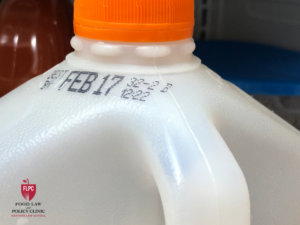Originally published on Mirage News on 08/19/2022.
The COVID-19 pandemic has complicated efforts to increase the rate of vaccinations. That includes those to prevent the human papillomavirus (HPV), which is linked to six types of cancer, including head and neck cancers.
HPV is the most common sexually transmitted infection in the U.S. As states consider ways to increase vaccinations, UC Davis Comprehensive Cancer Center has joined the Center for Health Law and Policy Innovation of Harvard Law School to put out a new resource called the HPV Vaccine Policy Landscape, Public Health Strategies.
The new guidebook highlights the roles that state policy makers, educational institutions, and health care providers can play in increasing HPV vaccination rates by navigating the policy landscape more effectively
The cancer center’s Office of Community Outreach and Engagement reports that Northern California has some of the highest rates of HPV-related cancers in the state. HPV has long been associated with cervical cancer and chances of being diagnosed with cervical cancer could be reduced by 90% by getting the HPV vaccine. In fact, the shot could prevent about 33,000 cancer cases every year in this country—if only the majority of those eligible to receive the vaccine, got the vaccine.
“While HPV vaccination rates have increased after a dramatic drop during the COVID-19 pandemic, there is still major catching up that needs to happen in order to save lives,” said Julie Dang, executive director of the cancer center’s Office of Community Outreach and Engagement. “Our hope is that this report will provide targeted policy solutions to navigate the landscape that COVID-19 has forever changed so that we can see a significant uptake in HPV vaccination rates.”
The American Cancer Society recommends young people get the HPV vaccine between the ages of 9 to 12, before they become sexually active. Teens and young adults, ages 13 through 26 who have not been vaccinated, should also get the vaccine as soon as possible.


Health Law & Policy, Commentary
Medicaid Section 1115 Waivers for Reentry: Updates and Resources – Health Care in Motion
April 17, 2024